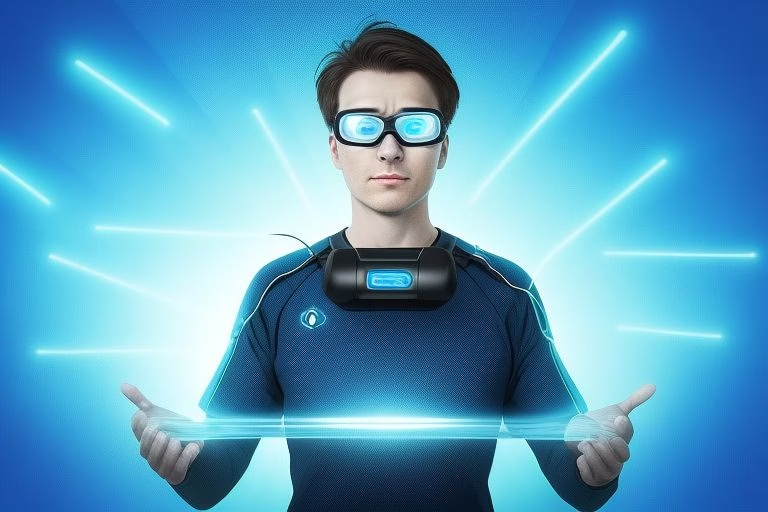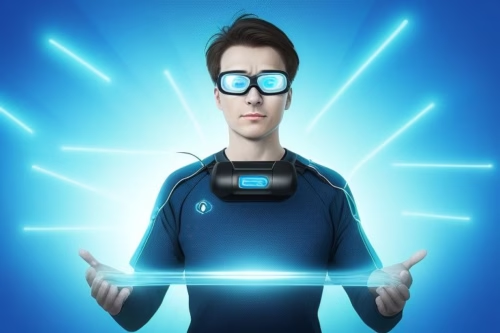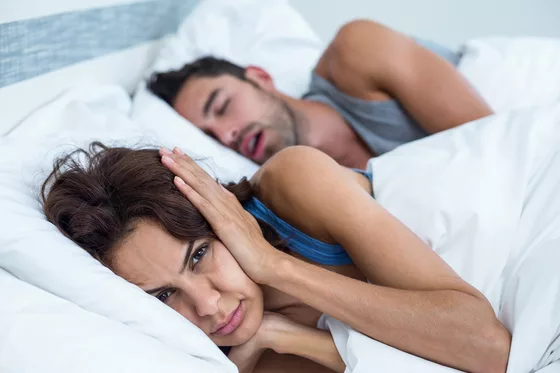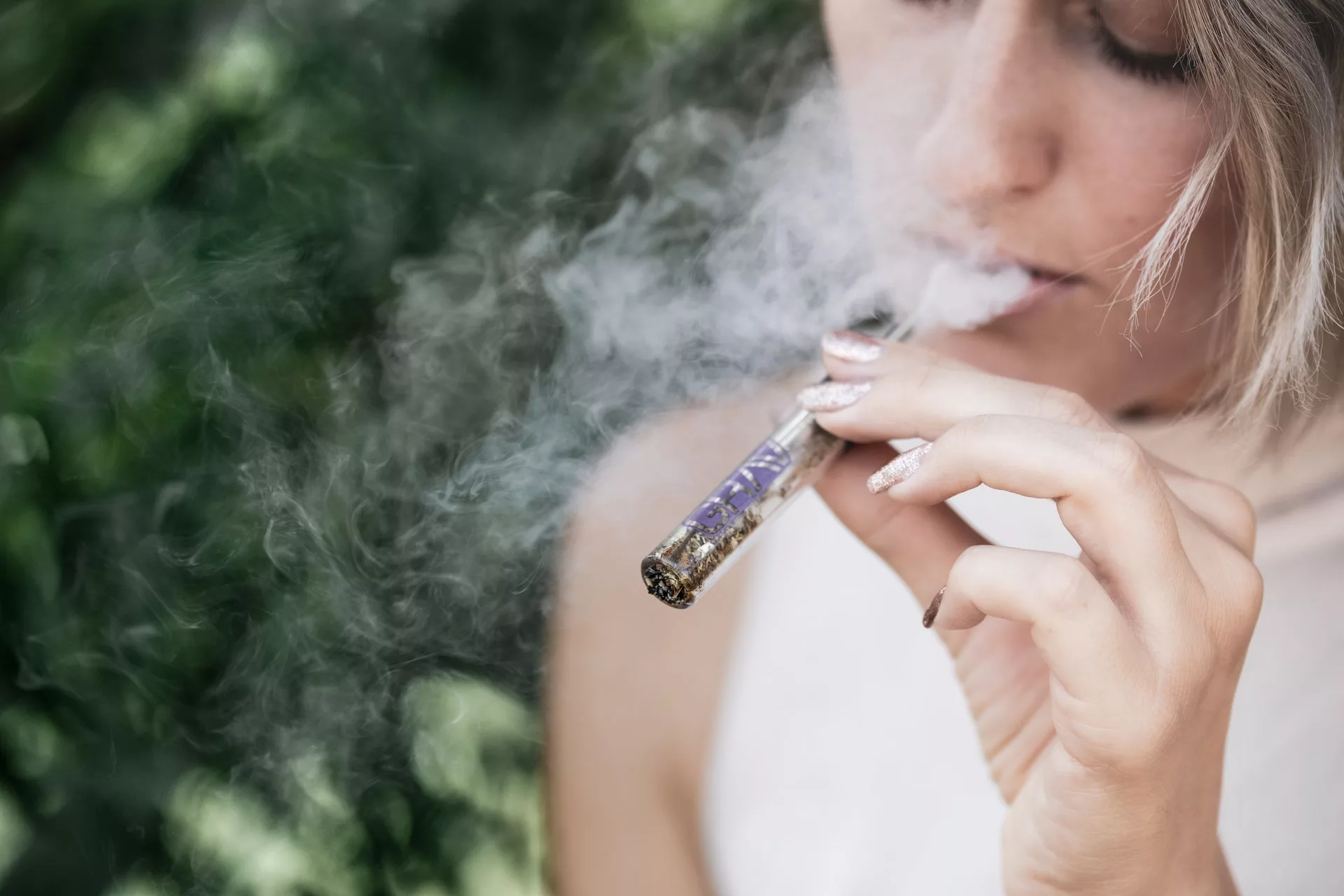
Introduction: What Is Blue Light and Why Should You Care?
Let’s get real—blue light isn’t just a buzzword. It’s everywhere. From your smartphone to your laptop, LED lights to flat-screen TVs, blue light exposure has become a daily part of our lives. But here’s the kicker—it’s not always your best friend.

In this article, we’re breaking down the real effects of blue light in a way that’s easy to understand, science-backed, and actually useful. You’ll learn how blue light affects your body, why it matters more than ever in our digital age, and how to protect yourself without giving up your screen time.
Ready to protect your health and still enjoy your tech? Let’s dive in.
🔵 What Exactly Is Blue Light?
Before we dive into the effects, here’s a quick breakdown.
Blue light is a type of high-energy visible (HEV) light with shorter wavelengths and higher energy than other types of visible light. It comes from:
-
The sun (our main source)
-
Digital screens (phones, tablets, computers, TVs)
-
Fluorescent and LED lighting
While natural blue light from the sun helps regulate our sleep and mood, artificial sources are what raise concern.
1. Eye Strain and Digital Fatigue (Yes, It’s Real)
Spending long hours staring at screens? You’re not alone.
💥 The Problem:
Blue light penetrates deeper into the eye, affecting the retina. When overexposed, it can cause:
-
Eye discomfort
-
Blurry vision
-
Headaches
This condition is now commonly known as digital eye strain or computer vision syndrome.
👁️ How to Fix It:
-
Follow the 20-20-20 rule: Every 20 minutes, look at something 20 feet away for 20 seconds.
-
Use blue light blocking glasses.
-
Adjust screen brightness and enable night mode or blue light filters.
👉 Check out this study on blue light and eye strain
2. Sleep Disruption: The Hidden Cause of Insomnia
Do you scroll through your phone before bed? It might be ruining your sleep.
🛌 The Problem:
Blue light suppresses melatonin, the hormone that tells your body it’s time to sleep. That means exposure before bedtime can lead to:
-
Delayed sleep onset
-
Reduced sleep quality
-
Increased risk of insomnia
💤 Simple Fixes:
-
Avoid screens 2 hours before bed.
-
Use night mode or apps like f.lux or Iris.
-
Try amber-tinted glasses in the evening.
👉 Learn more about how blue light affects melatonin production
3. Skin Aging and Damage: The New UV?
Surprise! Blue light damages your skin too.
👩🔬 The Problem:
Blue light penetrates deeper than UVB rays and may:
-
Accelerate aging
-
Cause pigmentation
-
Reduce skin elasticity
If you’re big on skincare, this one’s for you.
🧴 How to Fight It:
-
Use broad-spectrum sunscreen that protects against HEV light.
-
Look for products with antioxidants like Vitamin C, niacinamide, and green tea.
-
Try a blue light screen protector for your phone or tablet.
👉 Explore how blue light accelerates skin aging
4. Mental Health: Mood Swings & Anxiety Triggers
This one hits deeper than most people think.
😟 The Problem:
Prolonged screen exposure, especially in the evening, disrupts your circadian rhythm, which can:
-
Impact your mood
-
Increase anxiety levels
-
Worsen depression symptoms
Blue light’s effect on neurotransmitters can alter how your brain handles stress and rest.
🧠 Mental Wellness Tips:
-
Practice digital detoxing every evening.
-
Use blue-light-free settings on devices.
👉 Read more about blue light’s impact on mental health
5. Hormonal Imbalance: Not Just About Sleep
Your body runs on hormones, and blue light messes with the rhythm.
⚖️ The Problem:
By blocking melatonin, blue light may disrupt your entire endocrine system, leading to:
-
Cortisol spikes (hello, stress!)
-
Increased appetite and weight gain
-
Fatigue
-
Lowered immune response
It’s all connected—when sleep is thrown off, everything else spirals.
🧘 Balanced Solutions:
-
Use screen timers and take regular screen breaks.
-
Add adaptogens like ashwagandha or rhodiola to your routine (with your doctor’s OK).
-
Stick to consistent sleep routines.
👉 Research on how light affects hormones
6. Impact on Children: A Bigger Threat Than Adults
Kids love screens, but their eyes aren’t built for this.
🧒 The Problem:
Children absorb more blue light than adults because their lenses are clearer. This can lead to:
-
Accelerated eye strain
-
Sleep disruption
-
Behavioral issues
-
Delayed cognitive development
👨👩👧 What Parents Can Do:
-
Limit screen time to under 2 hours/day.
-
Use blue light filters on all screens.
-
Encourage outdoor play (sunlight helps reset body clocks).
👉 Read why blue light affects kids more
7. Long-Term Risk of Macular Degeneration
Yes, blue light can cause permanent damage.
🧓 The Problem:
Chronic exposure may increase your risk of age-related macular degeneration (AMD)—a major cause of vision loss in older adults.
Blue light contributes to oxidative stress in retinal cells, which gradually wears down vision.
👓 Prevention Tips:
-
Eat foods rich in lutein and zeaxanthin (like kale, spinach, and eggs).
-
Wear blue light blocking lenses.
-
Get regular eye checkups with an optometrist.
👉 Evidence on blue light and macular degeneration
How to Reduce Blue Light Exposure: Your Action Plan
Here’s your go-to strategy for minimizing the real effects of blue light without giving up your favorite tech:
💡 Daytime Tips:
-
Use anti-reflective lenses.
-
Opt for natural lighting.
-
Take hourly screen breaks.
🌙 Nighttime Habits:
-
Activate Night Shift on iPhones or Night Light on Androids.
-
Dim room lighting after sunset.
-
Power down screens an hour before bedtime.
🌱 Lifestyle Add-ons:
-
Eat a diet rich in antioxidants (berries, leafy greens, omega-3s).
-
Stay hydrated—eye moisture matters.
-
Try blue-light-reducing apps on all devices.
Conclusion: Awareness Is Power
Now you know the truth—blue light isn’t evil, but uncontrolled exposure is harmful. The good news? You can fight back with simple daily habits that protect your sleep, sight, and sanity.
So next time you binge a series or scroll before bed, pause and ask:
“What’s this light doing to me long-term?”
Take action today, and your future self will thank you—with clearer vision, better sleep, and fewer headaches.
🔍 Recap: The Real Effects of Blue Light
Throughout this guide, we’ve explored all the real effects of blue light, its dangers, how it sneaks into your daily life, and most importantly—how to take back control.
Make this guide your go-to resource and share it with someone who’s always glued to their screen. Let’s protect our eyes and minds, one screen break at a time.
If this article helped you, don’t forget to bookmark it and share with your loved ones. Let’s start the blue light revolution—together.



